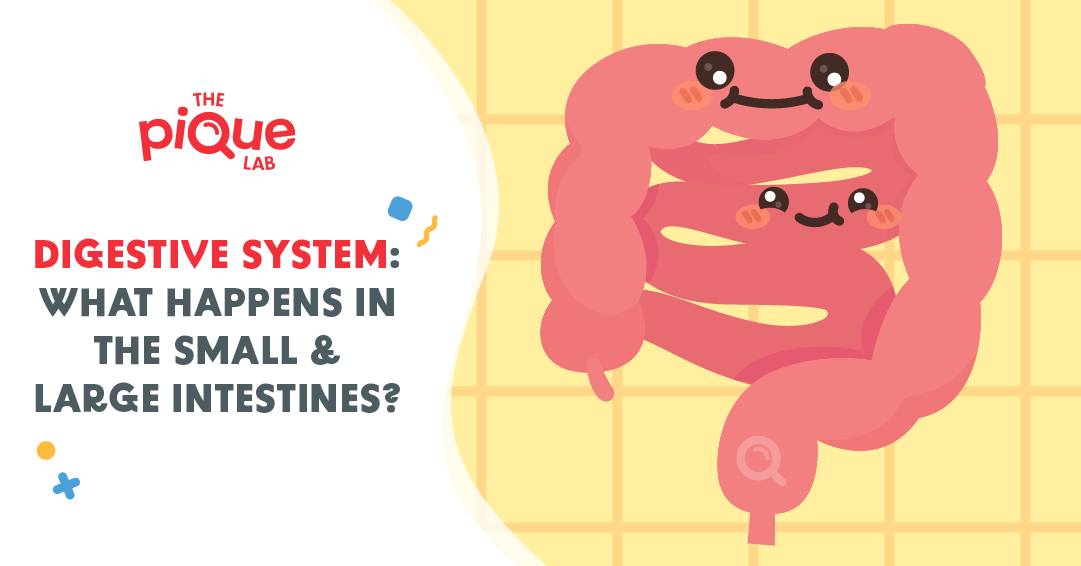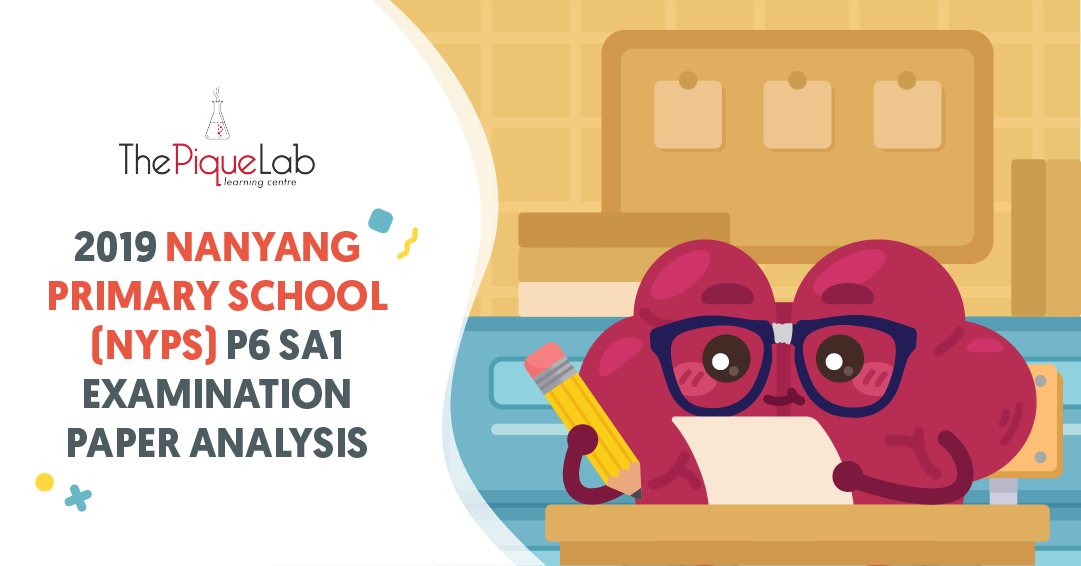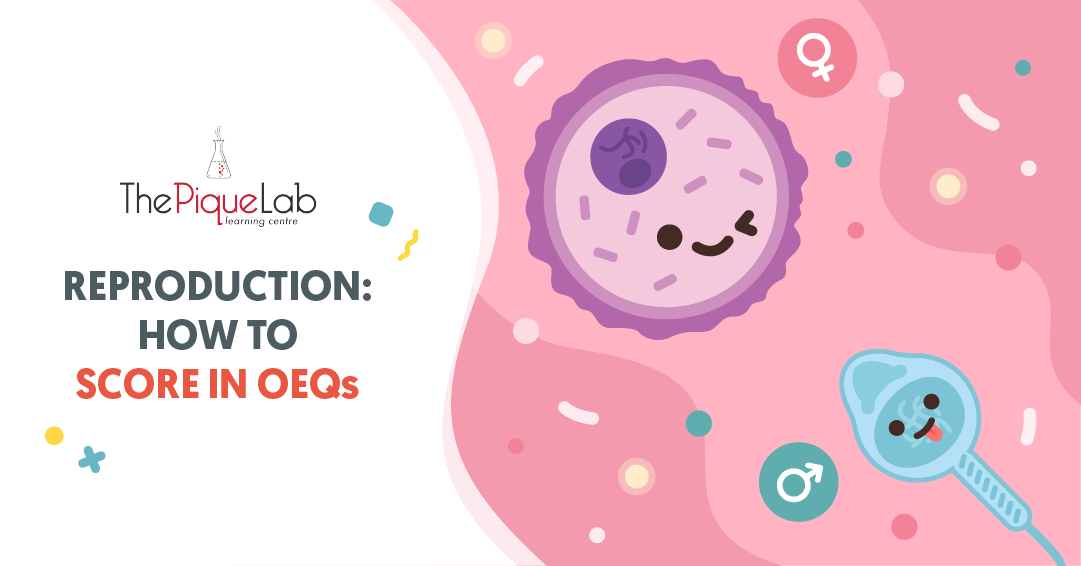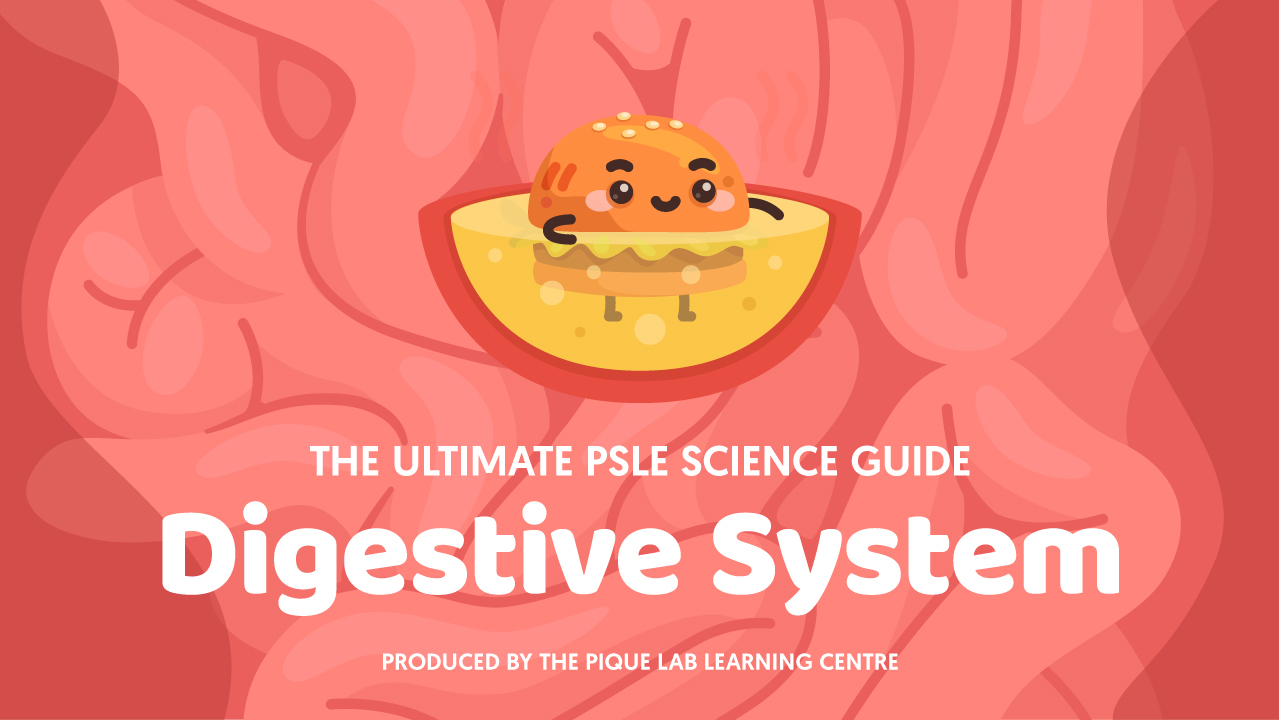Introduction
Have you ever taken care of a water plant? Did you put them in clean or murky water?
In this article, we will be learning why plants submerged in clean water will grow healthier than plants submerged in murky water.
Let’s Take A Look At This Question

Source: Anglo-Chinese School (Combined) – 2017 P6 SA2 Examination Paper [Q36]
Read Also:
Thought Process

Source: Anglo-Chinese School (Combined) – 2017 P6 SA2 Examination Paper [Q36]
In this experiment, the difference between the two set-ups is that Plant A was placed in clean water, while Plant B was placed in slightly murky water.
What is the person conducting the experiment trying to change? We know that he changed the type of water.
By changing the type of water, he is also changing another factor. If you look at the set-up in the diagram below, there is a plant, and it is trying to receive sunlight.
When there’s clean water, how much sunlight can the plant receive? Plant A receives more light compared to Plant B, which is placed in murky water.
When there’s murky water, can the plant receive most of the light? No, the murky water is going to block some light, and because of that, plant B will receive less light.
Therefore, the person is trying to change the amount of light that the plant receives. In this experiment, the changed variable is the amount of light received by the plant.

Source: Anglo-Chinese School (Combined) – 2017 P6 SA2 Examination Paper [Q36]
Let’s Analyse Part (A)

Source: Anglo-Chinese School (Combined) – 2017 P6 SA2 Examination Paper [Q36]
🌟 Tip To Answer The Aim of Experiment 🌟
When the question asks you to state the aim of the experiment, follow this structure: “The aim of the experiment is to find out how [something] affects [something else].”
What is the first ‘something’ above? It is the changed variable of the experiment. This changed variable will always affect the measured variable.
In this experiment, we have figured out what the changed variable is: the amount of light received by the plant.

How about the measured variable? If you want to find out what the measured variable is, you will have to look out for the thing that you measured, recorded, or counted.
In this case, he counted the number of oxygen bubbles. Why is the plant producing oxygen bubbles? It is because the plant is going through photosynthesis!
But why is he specifically counting the number of oxygen bubbles?
🤔 Rate Of Photosynthesis 🤔
🫧 If there are a lot of oxygen bubbles, this means photosynthesis is taking place faster.
🫧 If there are very little oxygen bubbles, this means photosynthesis is taking place slower.
Hence, the number of oxygen bubbles represents the rate of photosynthesis. In other words, the number represents how fast or slow the plant is undergoing photosynthesis. Therefore, the number of oxygen bubbles is going to be your measured variable.
Suggested Answer For Part (A)
The experiment aims to find out how the amount of light received by the plant would affect the rate of photosynthesis of the plant.
Let’s Analyse Part (B)

Source: Anglo-Chinese School (Combined) – 2017 P6 SA2 Examination Paper [Q36]
For part (b), we need to compare the number of oxygen bubbles produced by Plant B.
We have analysed that Plant B is going to receive less sunlight. If it receives less sunlight, it will go through a slower rate of photosynthesis and there’s going to be fewer oxygen bubbles.
Since we already know there are going to be fewer oxygen bubbles produced, can our graph look like the blue graph below?

No, this means more bubbles are being produced by Plant B. We want fewer oxygen bubbles to be produced by Plant B. Our graph should look something like the one below.

Can we leave our answer like this? No. We need to label the line as “plant B”.
Suggested Answer For Part (B)

Let’s Analyse Part (C)

Source: Anglo-Chinese School (Combined) – 2017 P6 SA2 Examination Paper [Q36]
As we have discussed, when there is slightly murky water, the plants in there will receive less light.
When there’s slightly murky water, the submerged water plants there will trap less light. This light is trapped for photosynthesis, to make food. Because they trap less light, they will release less oxygen.
The question is asking why farmers would not want to rear fish in slightly murky water. Yes, we know the plants will trap less light for photosynthesis to make food and release less oxygen. But how will that affect the fish?
We are talking about less oxygen, and is oxygen useful for fish? Yes, they need oxygen for respiration to release energy.

Since less oxygen is going to be released by the plants, there will be less oxygen to dissolve in the water. This dissolved oxygen is needed by the fish. If the fishes do not receive enough dissolved oxygen for respiration, they will not be able to release enough energy and they may even die.
Suggested Answer For Part (C)
In slightly murky water, the submerged water plants would trap less sunlight for photosynthesis to make food and release less oxygen. Less oxygen would be dissolved in the water. Thus, the fish would not be able to receive enough dissolved oxygen for respiration to release energy and may die.
Conclusion
We now know that the kind of water the plants are submerged in affects their rate of photosynthesis, which is essential for their growth. Therefore, using clean water for water plants is better than murky water!
Check out our other articles on Man’s Impact On The Environment and continue to keep a lookout for more articles! 🙂

If you like our methodology, we've some upcoming workshops:







